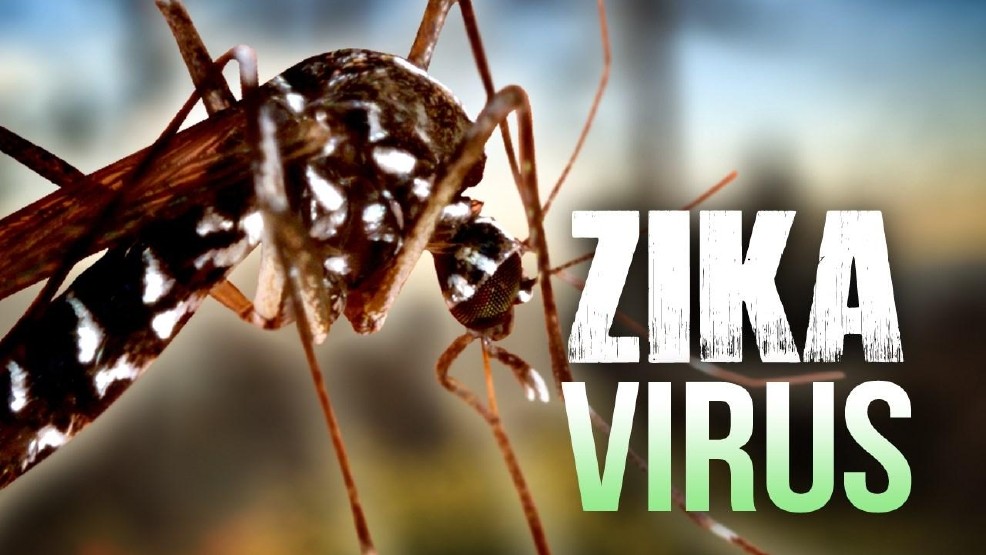
The World Health Organisation (WHO) has called for vigilance against the deadly Zika virus in spite of a decline in cases of the virus infection that has been reported in some countries.
WHO made the call in a fresh guidance issued on the virus that has been linked to birth defects and neurological complications.
The new WHO data also lists countries where the Aedes aegypti mosquito is present, but where there is no sign of the Zika virus.
The insect is considered to be the main transmitter of the disease, which has been identified in more than 80 countries to date.
As such, WHO said that overall, the global risk assessment has not changed and “the Zika virus continues to spread geographically to areas where competent vectors are present.
“The current data add some 70 countries to the list of those considered to be ‘at-risk’.
“These are countries where there’s no sign of the virus, but where the Aedes aegypti mosquito is present; it is considered to be the main carrier of the virus”.
The WHO Technical Officer, Ms Monika Gehner said: “The new guidance helps us because now we can assess risks more precisely.
“Now, even if you do not have Zika virus transmission, but if you have the Aedes aegypti mosquito, you are at risk of Zika virus transmission”.
Gehner stressed that amid surging global travel, “a traveller who is infected with Zika virus may go to an area in a country and in fact mosquitos that are established there.
“And a mosquito can then transmit to other people and so on, so you have a cycle of transmission”.
She said the aim of this new WHO guidance is not to spread alarm but create awareness.
According to her, it is also a call to governments to do more to prevent the spread of Zika.
“This requires greater surveillance of mosquito populations and research into suspected Zika infections, as well as better diagnostic techniques and updated health advice to at-risk communities and travellers.”











